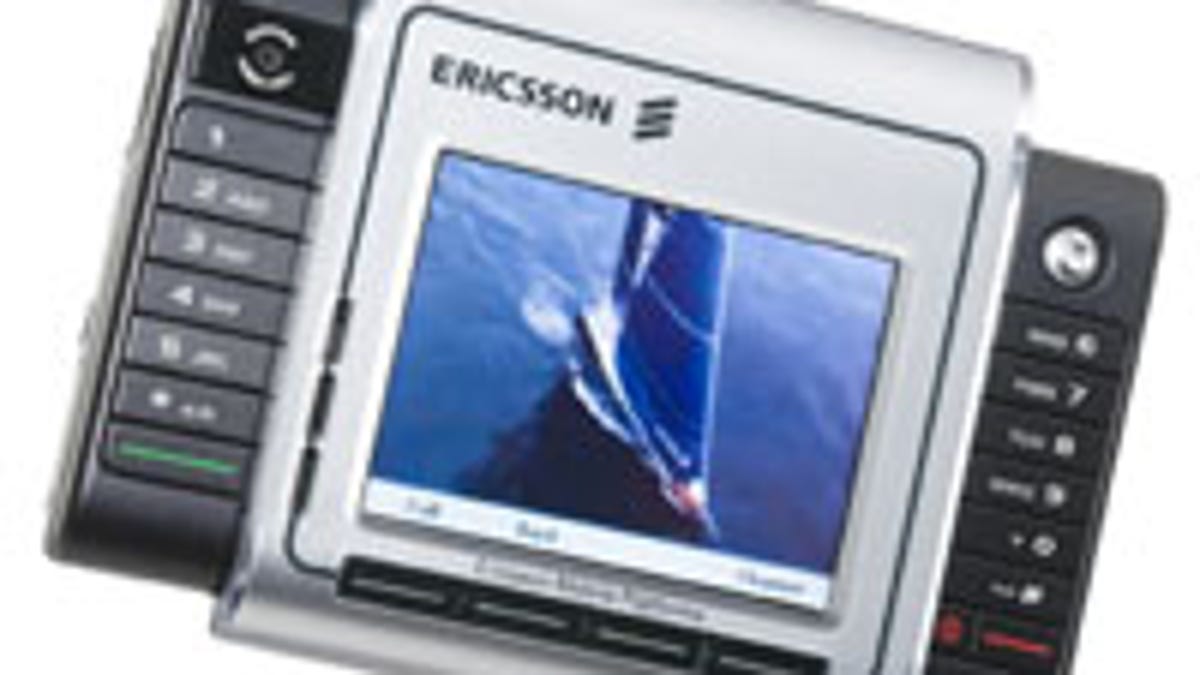3 trials DVB-H rival for mobile TV
3 and Ericsson claim they are first to trial Multimedia Broadcast Multicast Service (MBMS) in Australia, a mobile TV technology that delivers content over existing 3G networks more efficiently.

3 and Ericsson are evaluating Multimedia Broadcast Multicast Service (MBMS) in Australia, a means of delivering mobile TV to the mass market over existing 3G networks.
Based on 3GPP standards, MBMS delivers multimedia content over third-generation networks -- without the need for new infrastructure or new spectrum -- to an unlimited number of concurrent users.
Unlike DVB-H (Digital Video Broadcasting for Handhelds), MBMS provides two-way communication through a data "backchannel", which allows for interactive services such as casting votes for a particular program or downloading supplementary content like screensavers and games.
Another advantage in MBMS over the one-way (unidirectional) delivery method currently used by 3 is the saving in radio capacity, which head of content at 3 Annie Mackin says will hopefully translate into cost benefits for customers.
Over the past six weeks, the technical trial was held at 3's offices in Sydney using four Ericsson handheld prototypes. No MBMS-capable devices are currently available in Australia, although 3 suggested future Nokia N-series devices might include the required chipset.
Devices will look similar to existing 3G handsets, according to chief technology officer at 3 Victa McClelland.
3 has not committed to implementing MBMS, but the carrier says it will evaluate possible business models and pricing for MBMS mobile TV over the next six to nine months. MBMS technology and handsets are expected to be ready mid-2008.
No new content providers were announced, but 3 says customer interest in mobile TV programs already exists.
Over one million live streams were served to 3 handsets for the Ashes Test Series this year, according to 3's technology and services director Michael Young.
"Our customers like to watch mobile TV, whether it's dipping into a news program or watching the cricket live, and we're always interested in looking at new technology to improve their experience," Young said.
With MBMS, mobile advertising can also be targeted to specific customers based on elements such as location and interests. 3 and Ericsson demonstrated advertising opportunities such as banners at the bottom of live TV and scrolling ticker text. Interactive advertising using branded content such as sponsored ringtones was also shown.
Telstra demonstrated competing DVB-H broadcasts of the Commonwealth Games in Melbourne in March 2006. Nokia and Motorola also support the DVB-H standard.
3 launched the world's first DVB-H network in May 2006 in Italy. 3 and Ericsson claim the quality of MBMS mobile TV is similar to DVB-H.

